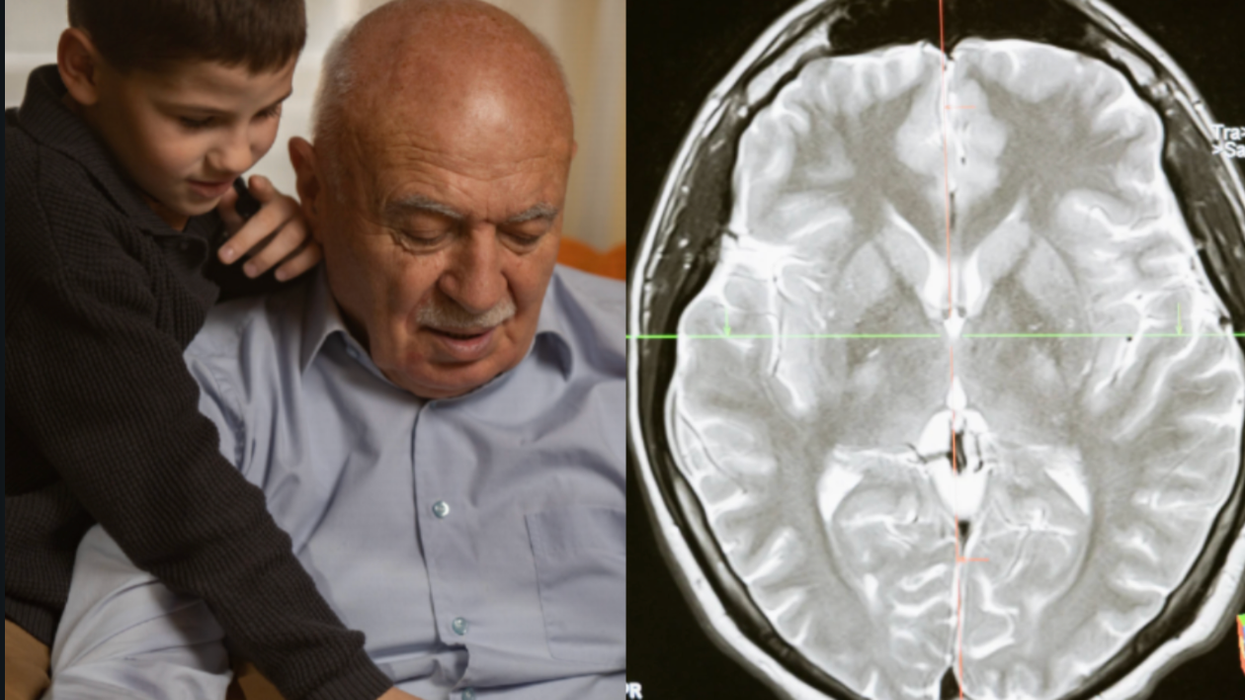Sea turtles have been swimming the world’s oceans for more than 100 million years, but today, six of seven total species are threatened with extinction. Four of those nest on the Pacific beaches of Nicaragua: the olive ridley, hawksbill, leatherback, and Pacific green.
Though the nation’s indigenous cultures have eaten sea turtle eggs for centuries, illegal poaching has drastically reduced populations. Prized as a delicacy and aphrodisiac, a single egg can fetch $300 on the black market. But many Nicaraguans—scraping by in Latin America’s weakest economy—are willing to settle for $1-3 per dozen. One nest can hold up to 120 eggs; an unprotected beach offers thousands of eggs for the taking.
Yet a poacher is just one cog in a massive criminal enterprise: Arrest one and he or she will quickly be replaced. Addressing the problem means identifying middlemen who transfer eggs into the global marketplace, as well as their transportation routes and storage facilities. To stop this crime before sea turtles and their eggs disappear forever, wildlife rangers will need to trick thieves into revealing their networks.
Biologist Kim Williams-Guillén, who directs scientific research for conservation group Paso Pacífico, is working with Hollywood prop stylist Lauren Wilde to test a creative solution: a handcrafted decoy called the “InvestEGGator.” A poacher who swipes one will unwittingly help map out a vast criminal system via GPS and a trail leading authorities and conservationists to a potential bust.
Step 1
Model baby sea turtles surround an egg doppelgänger, created using a mold made from an actual olive ridley sea turtle egg. This decoy is approximately the size and shape of a golf ball. It even includes a dimple, which in authentic eggs is a sign that hatching is imminent.
Step 2
Building the decoys from her home in Ann Arbor, Michigan, Williams-Guillén is trying out two types of trackers with varying levels of accuracy and endurance. The batteries powering GPS technology last a week, while the Bluetooth antenna seen at the right should run smoothly for a year. To transmit its data, it must pass within 100 feet of a device armed with matching software. Paso Pacífico’s plan is to install egg-detecting smartphones in strategic locations like border crossings or airports.
Step 3
At left, this carton holds an InvestEGGator that can be mass-produced by 3D printing with a polyurethane-based filament. In the center sits a handmade decoy, filled with silicone rubber and a GPS device. On the right is the near-final product, dipped into a thin, white resin that, after hardening, has the thickness of a plastic 2-liter bottle. Unlike chicken eggs, sea turtle eggs have squishy shells. Think of a Nerf football. Williams-Guillén has given it the right rigidity, but the texture is all wrong. Hollywood can help.
Step 4
Now that they feel like the real thing, Wilde, who typically spends her days creating special effects for movies and TV shows like Adam Ruins Everything, makes them look the part in her basement studio.
Step 5
Wilde tests out a variety of techniques to mimic the look and feel of authentic eggs, which are uneven in coloration: white with a faint yellow glow. She tries various artificial facades to ensure the decoys can stand up to the unpredictable nature of sandy, wet beaches. Some receive coats of yellow, then white paint mixed with glue, and eventually dabbed with a latex makeup sponge.
Step 6
Others are inserted into hollow, dyed spheres made of silicone and epoxy. Both approaches are likely to work better in different circumstances. Once moistened with K-Y Jelly and covered with sand, they’re officially beach-ready and virtually indistinguishable from the genuine article.
Want to know what happens next? Follow their journey in Nicaragua here.







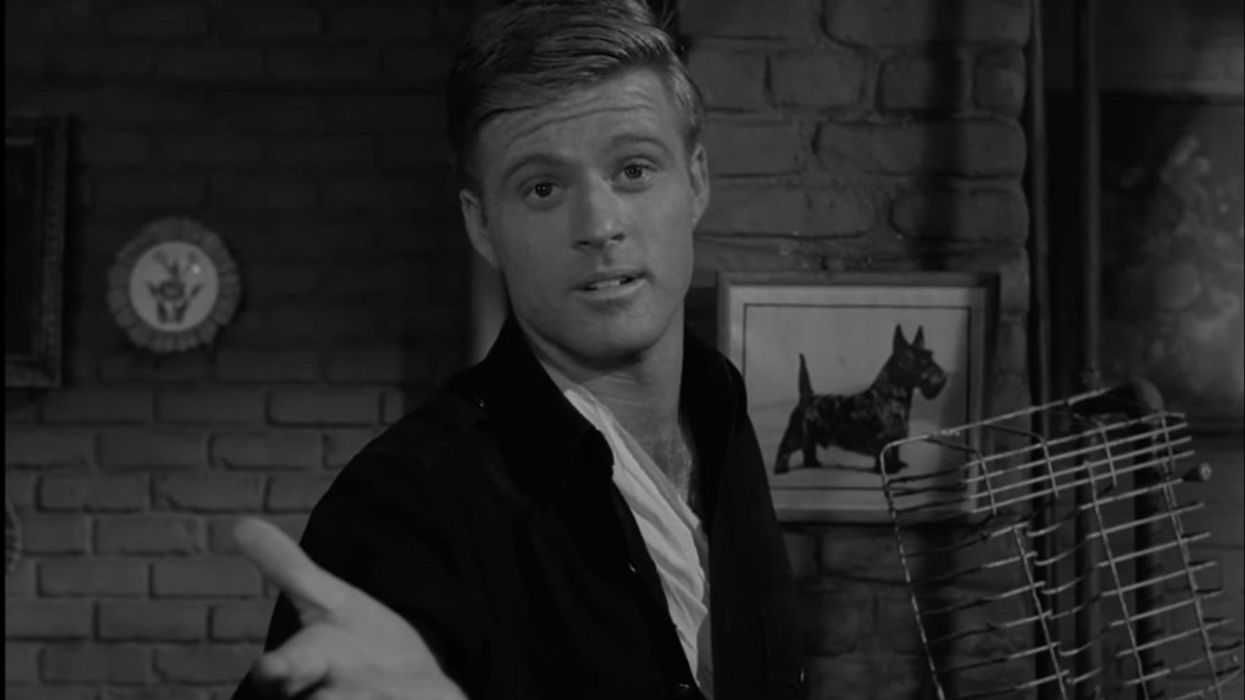
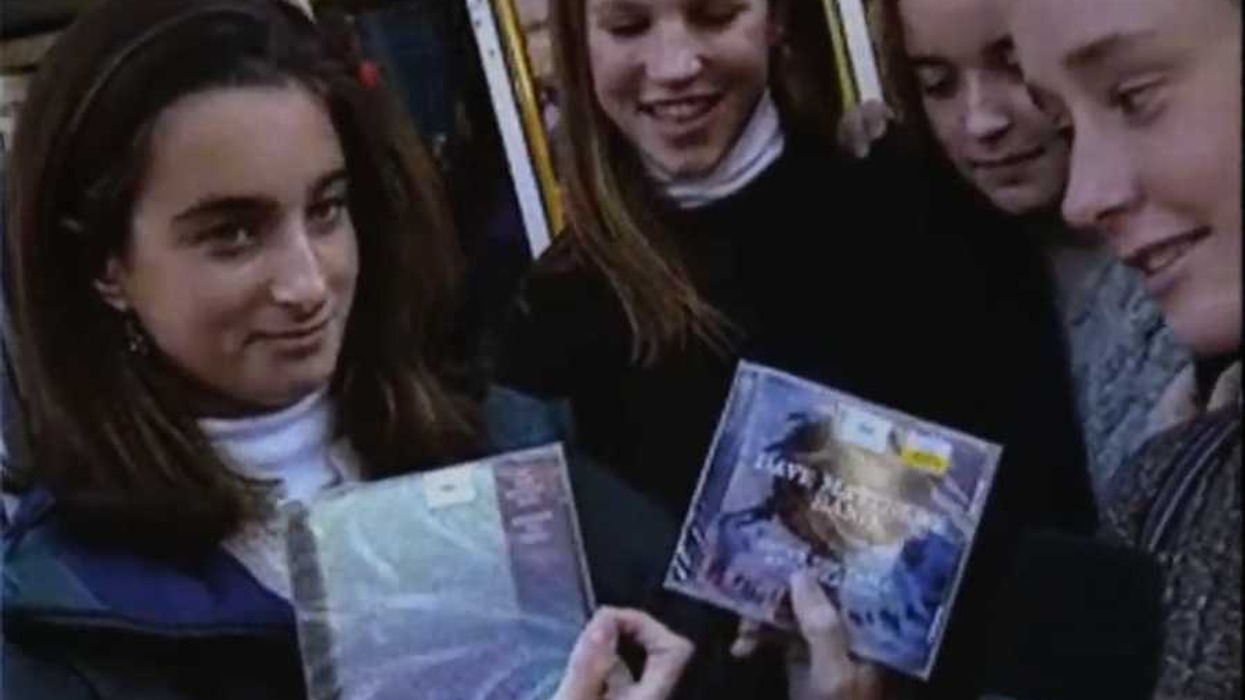
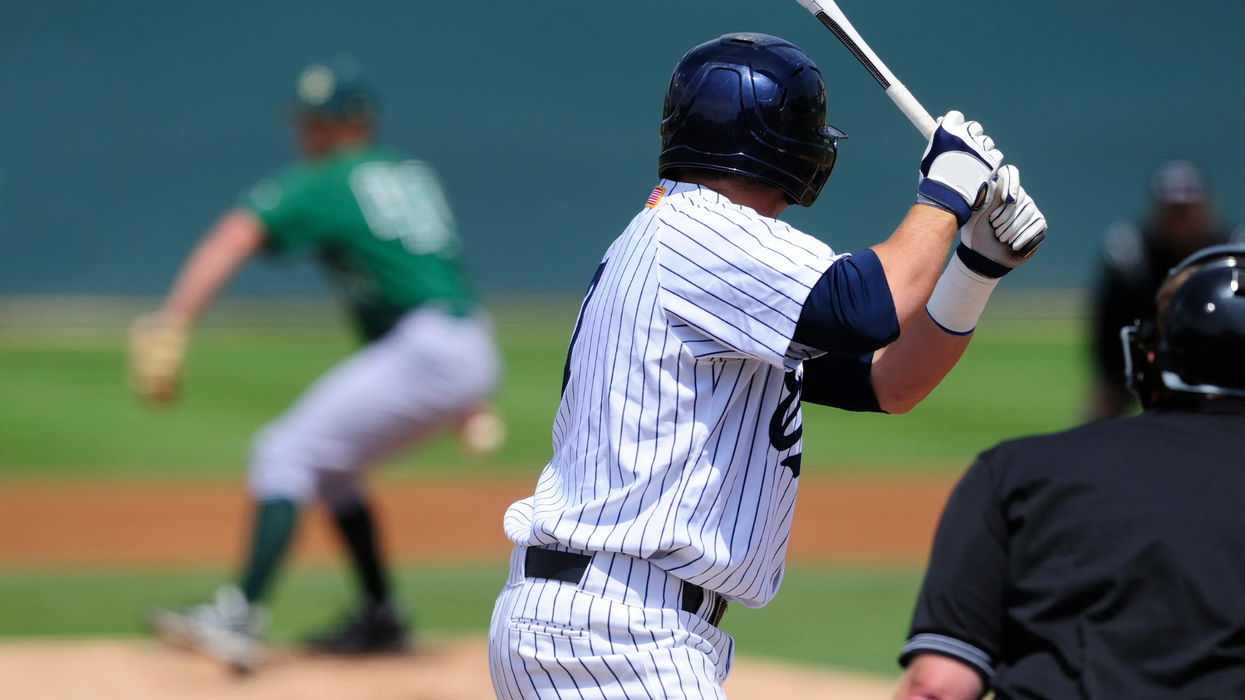



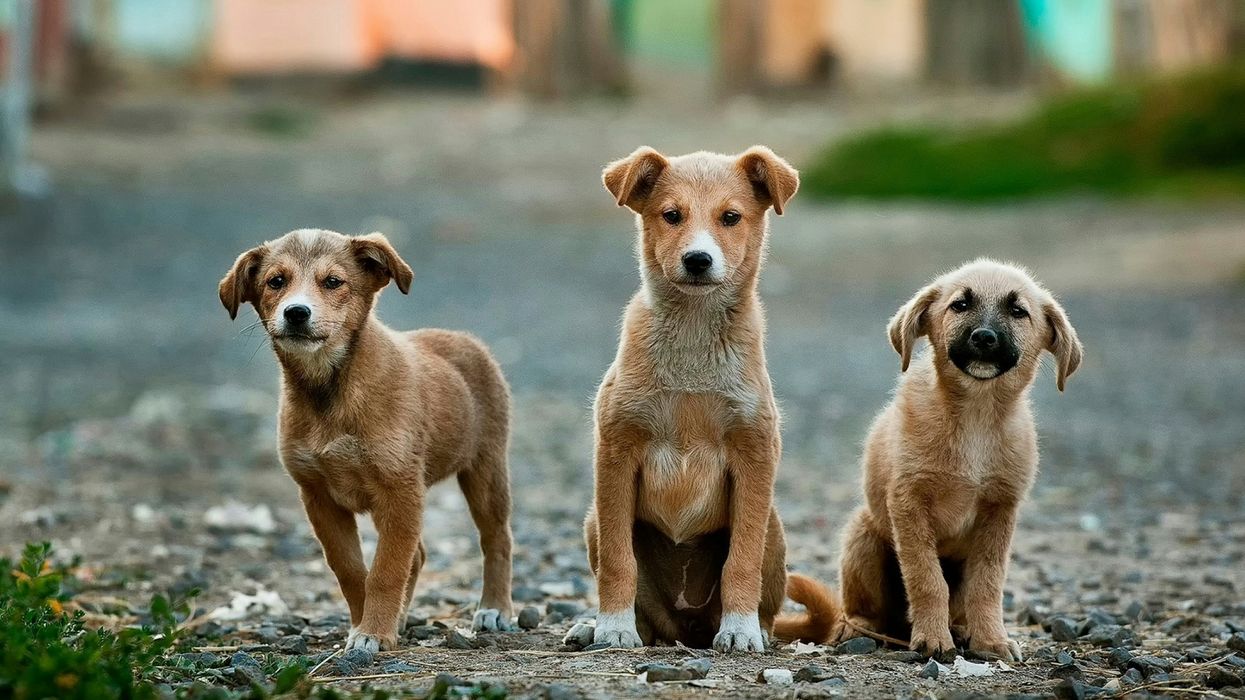

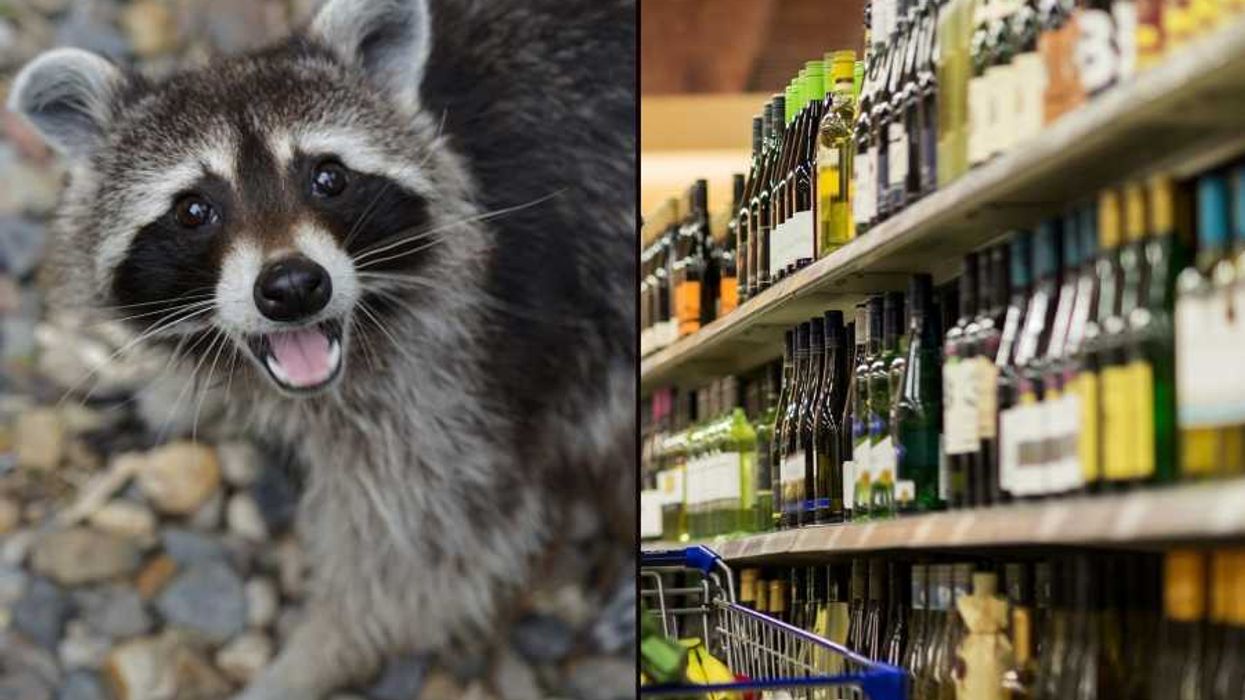
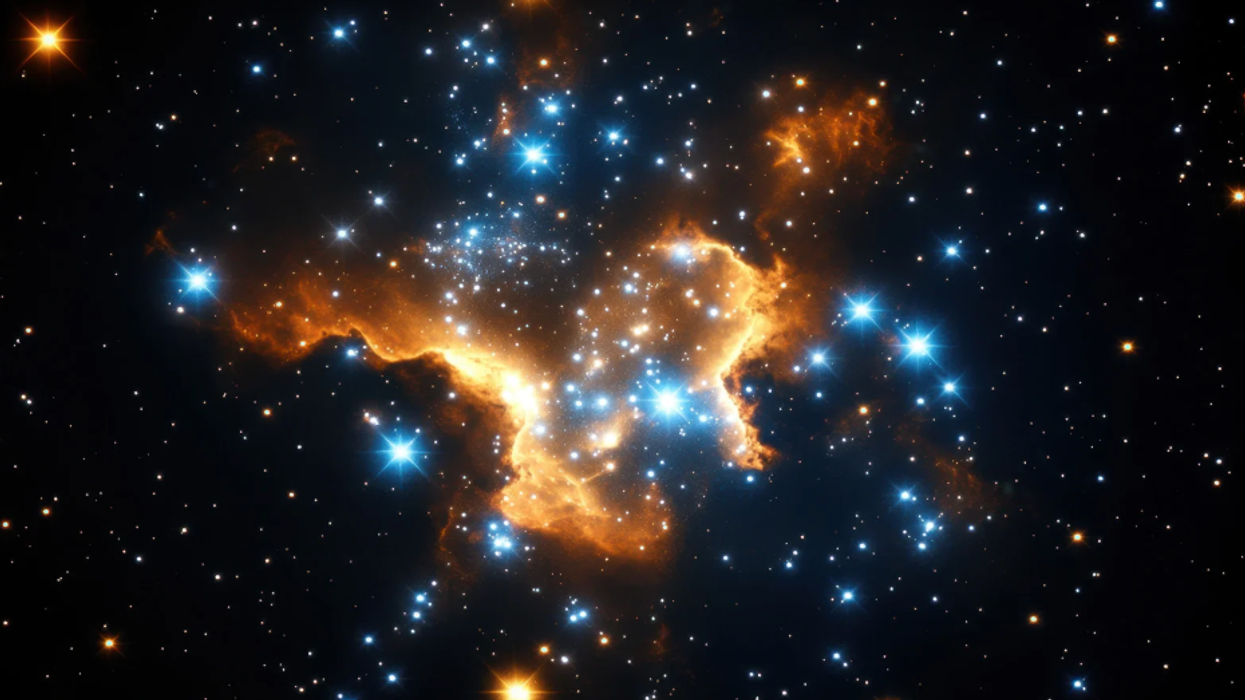
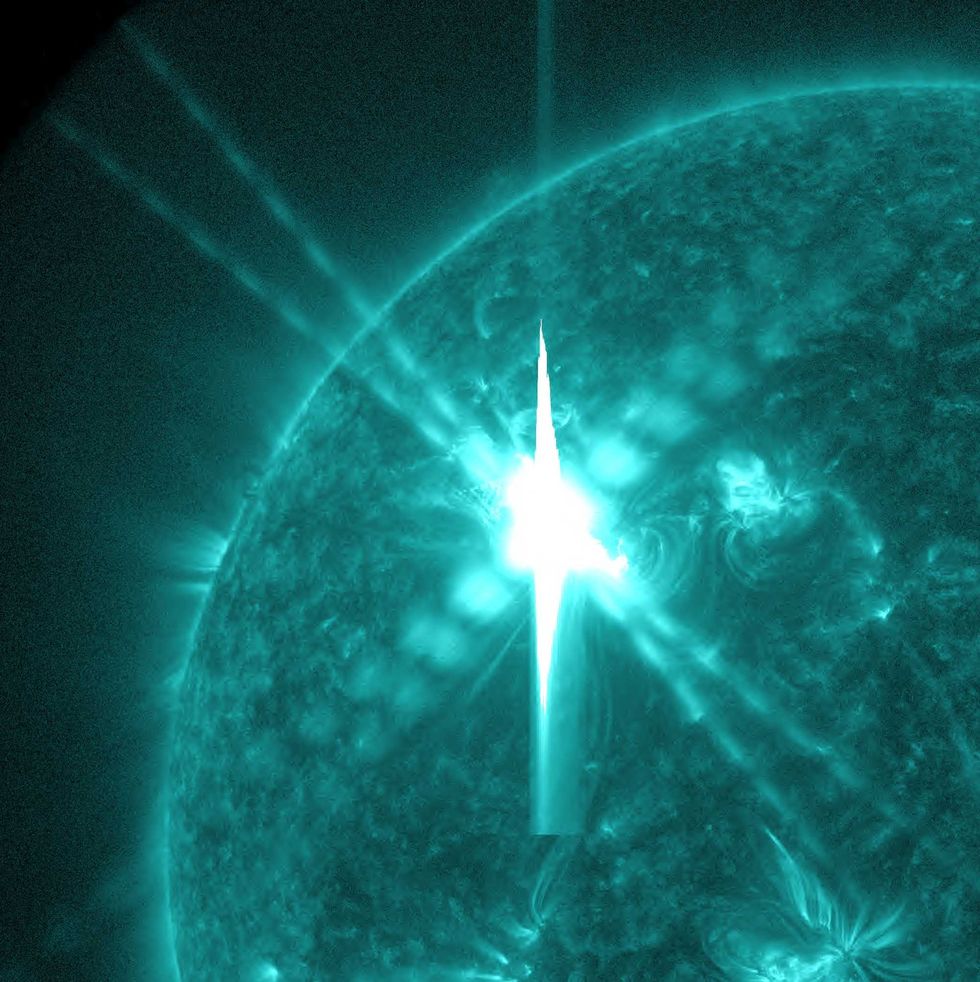 Image artifacts (diffraction spikes and vertical streaks) appearing in a CCD image of a major solar flare due to the excess incident radiation
Image artifacts (diffraction spikes and vertical streaks) appearing in a CCD image of a major solar flare due to the excess incident radiation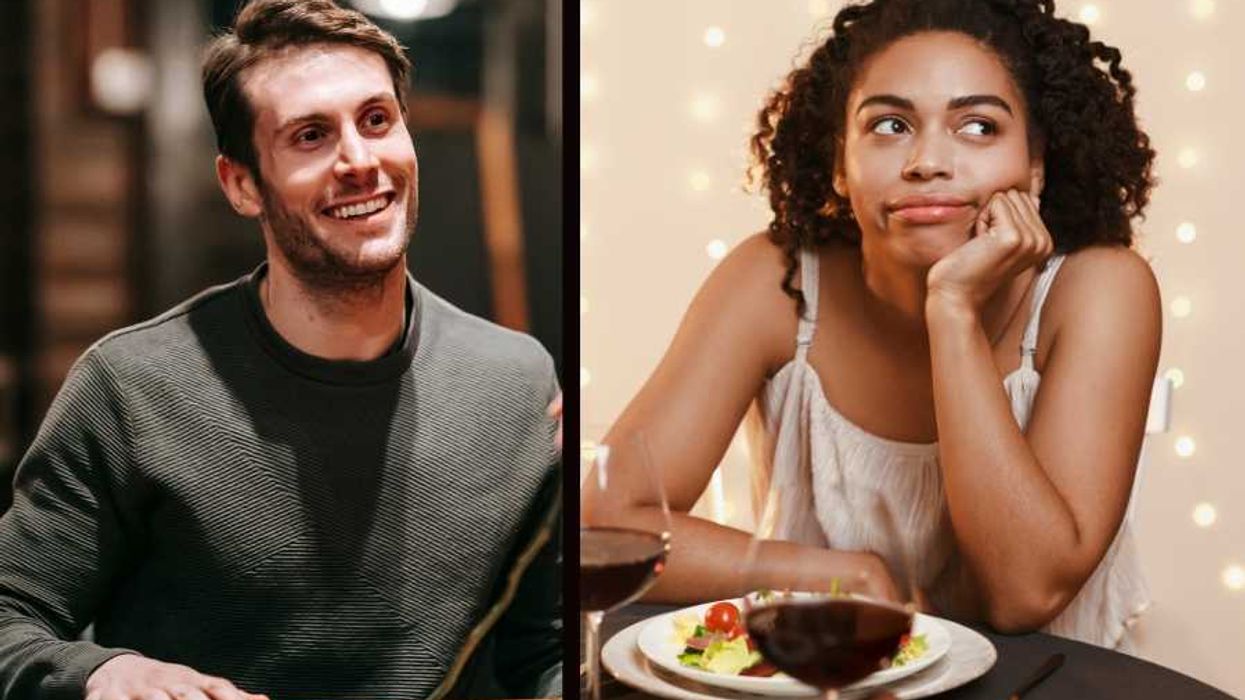

 Ladder leads out of darkness.Photo credit
Ladder leads out of darkness.Photo credit  Woman's reflection in shadow.Photo credit
Woman's reflection in shadow.Photo credit  Young woman frazzled.Photo credit
Young woman frazzled.Photo credit 
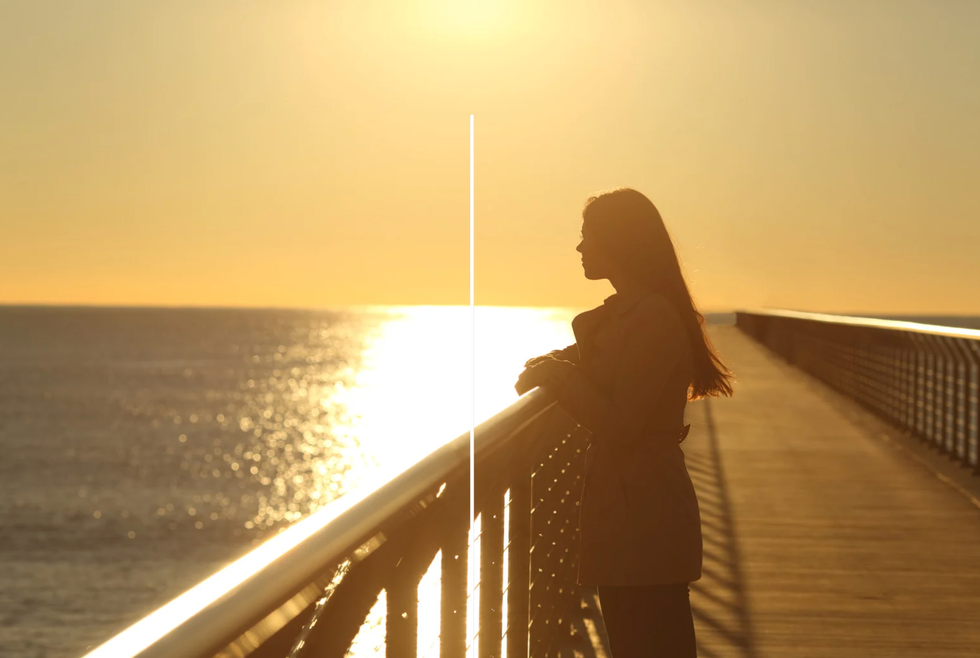 A woman looks out on the waterCanva
A woman looks out on the waterCanva A couple sits in uncomfortable silenceCanva
A couple sits in uncomfortable silenceCanva Gif of woman saying "I won't be bound to any man." via
Gif of woman saying "I won't be bound to any man." via  Woman working late at nightCanva
Woman working late at nightCanva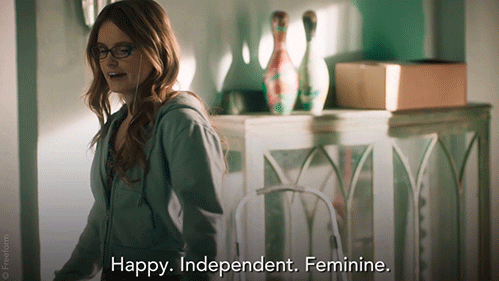 Gif of woman saying "Happy. Independent. Feminine." via
Gif of woman saying "Happy. Independent. Feminine." via 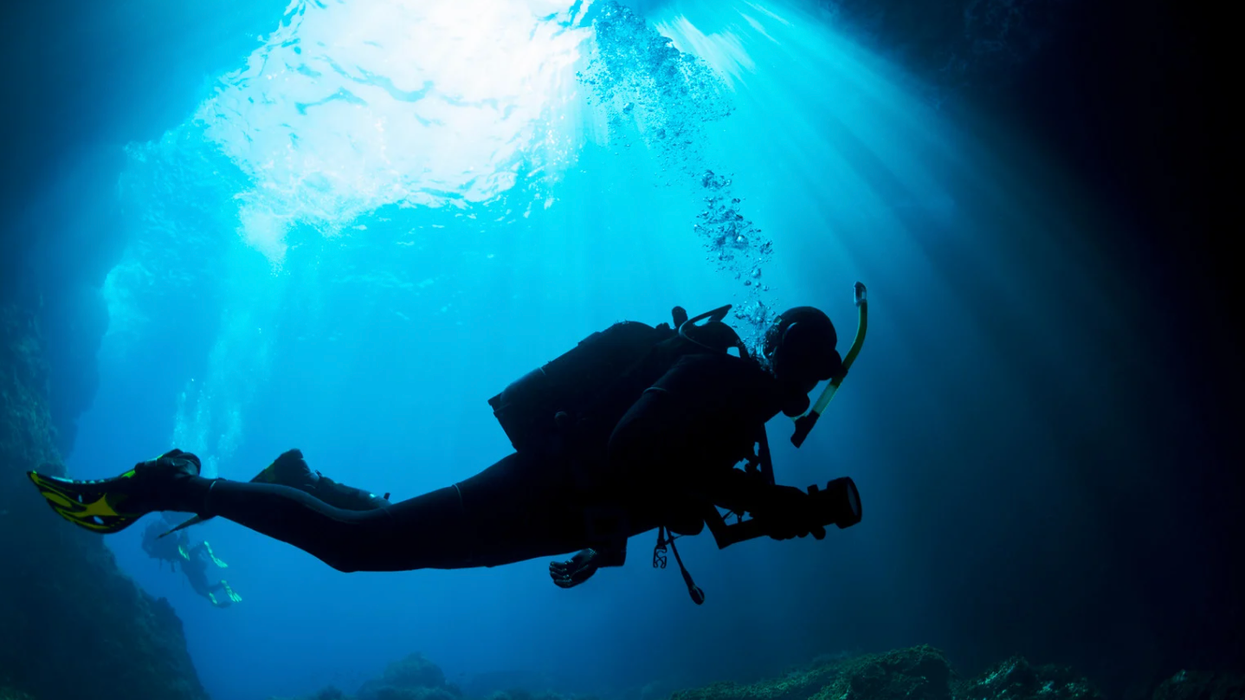
 Yonaguni Monument, as seen from the south of the formation.
Yonaguni Monument, as seen from the south of the formation. 